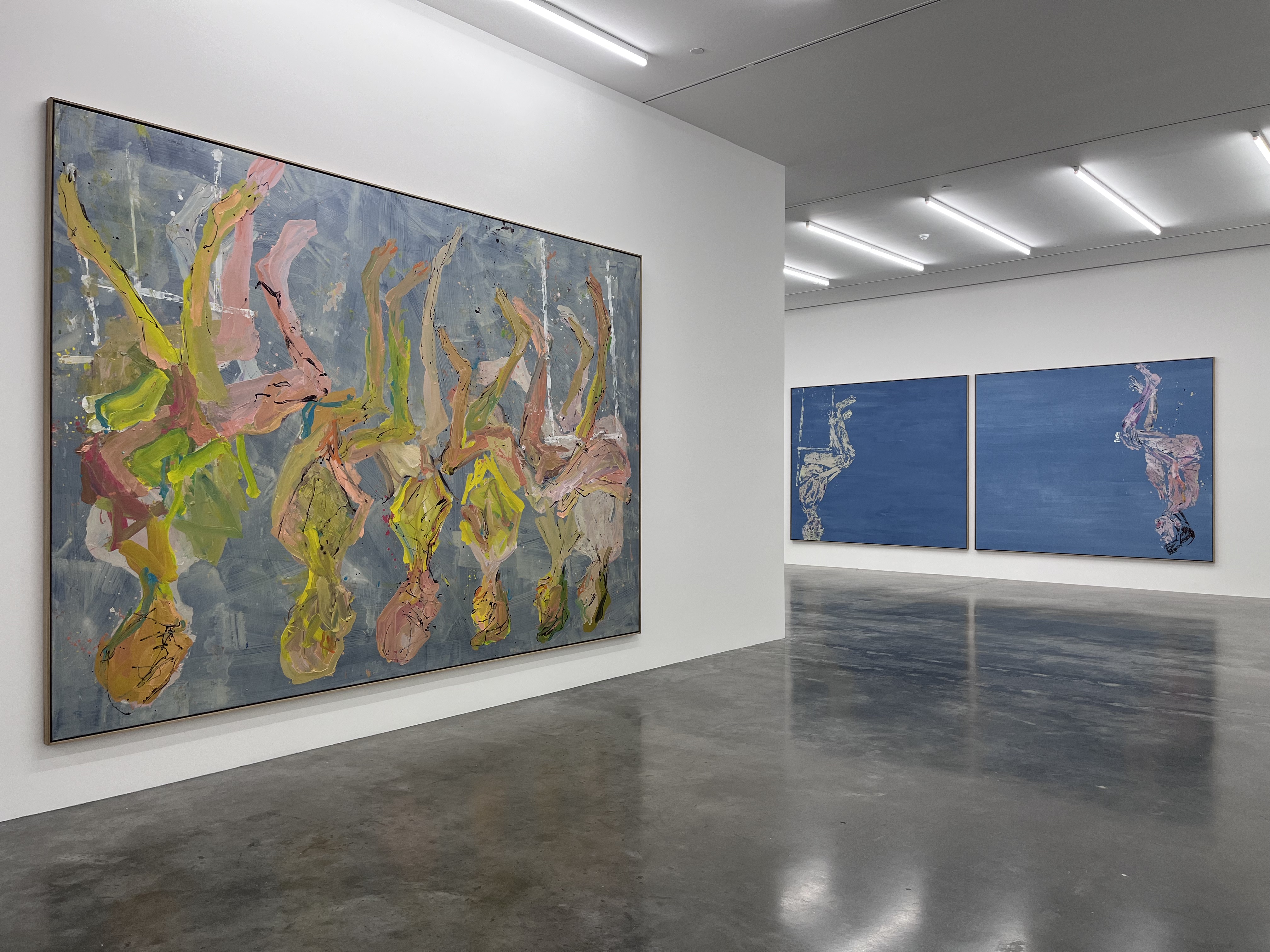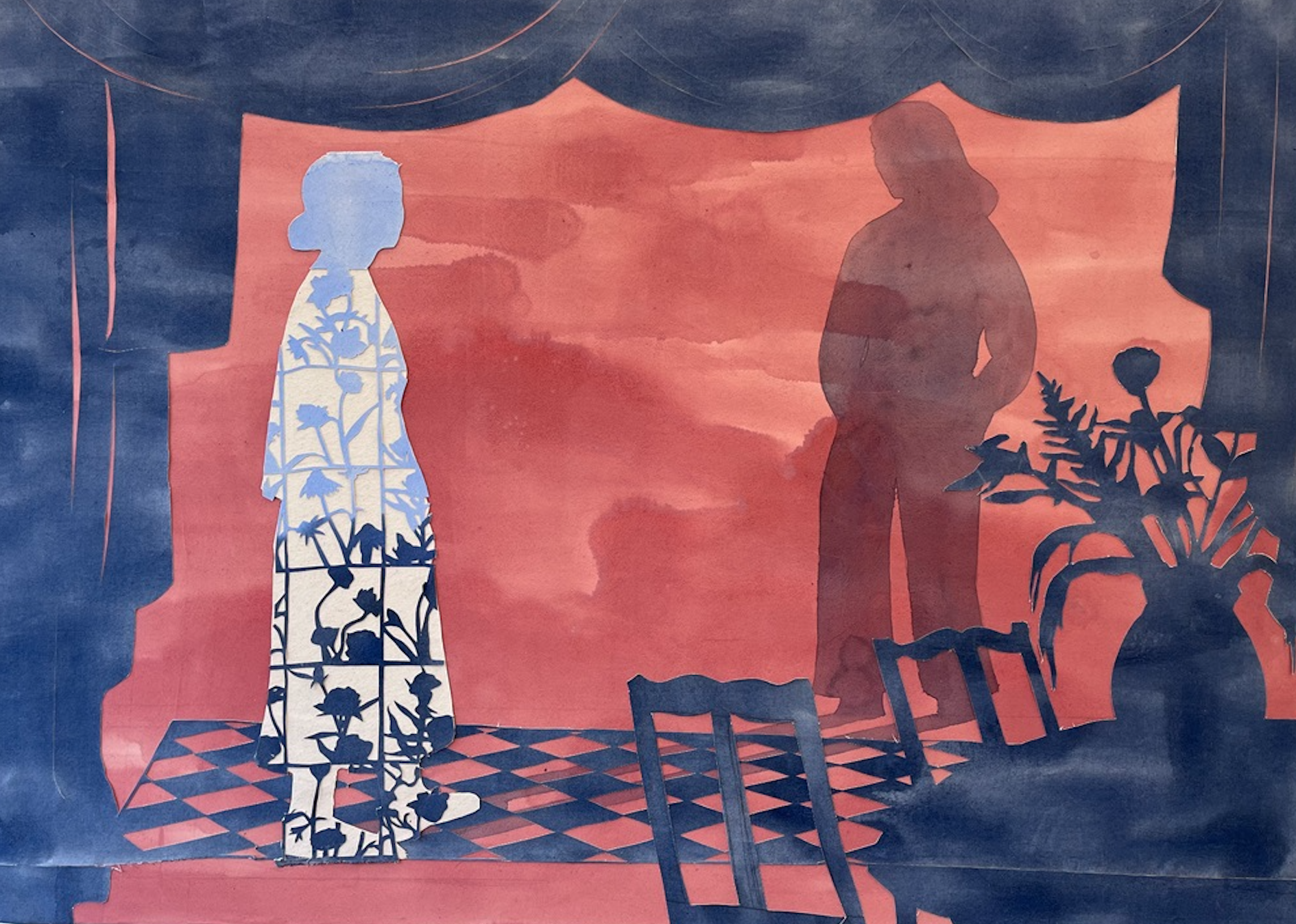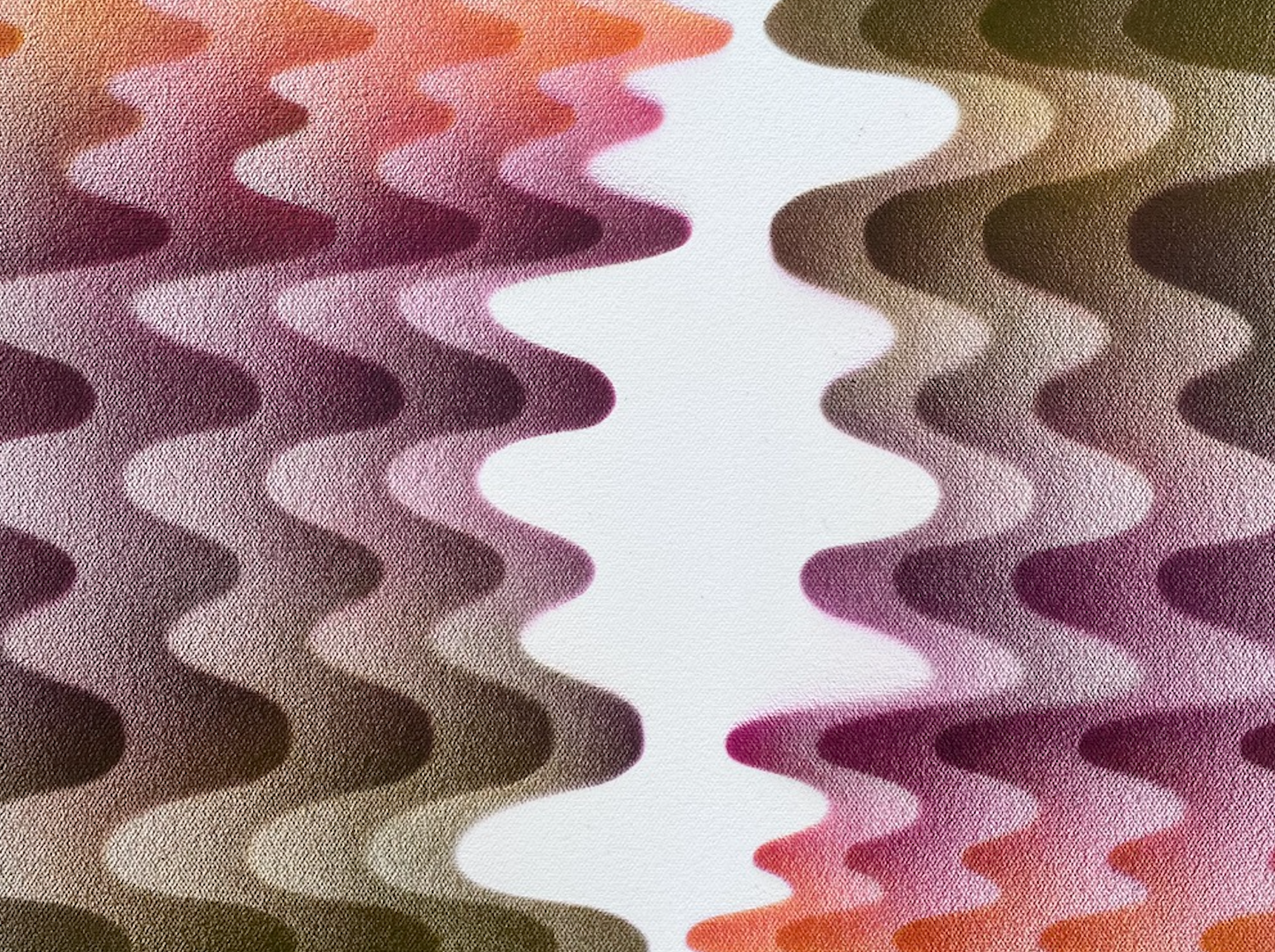A multitude of Georg Baselitz’s large-scale works and some works on paper fill the walls of the extensive White Cube gallery in Bermondsey, for his show open till mid June ‘A Confession of My Sins.’
Back at the gallery after more than eight years with this solo, Baselitz presents his new body of work as a sort of ‘recap’ and homage to his own career and characteristic figures with upside-down motifs, while also unearthing childhood memories with representations of animals too, rather that just his typical bodies. ‘I’ve got my early childhood drawings of eagles, stags, deer, dogs and so on in folders, […] Every now and then I look at them, and I think was it a good time, was it a bad time?’ (White Cube)
The typical large-scale of these particularly colourful paintings filling the massive white walls of the industrial setting of the gallery, truly make the visitors immerse themselves in the paintings and their surrounding space. Despite being painted upside-down, - therefore in an uncomfortable position to be viewed from by the viewer as it highlights the difference between the standing person in front of the painting and the subject - the paintings are hung so that the heads of the characters end up being almost at eye-level with the viewer, regifting a connection between who is watching and the painting being looked at.
I always get a sense of unease - which I like - when looking at Baselitz’s painting exactly for this reason, as if I were the odd one out as an extension of the painting and I am the one who is upside-down. Or perhaps the characters are, and it keeps on reiterating the narrative of unsettlement.
I strongly suggest going to see the exhibition during the week, as I did, where I was the only person in the gallery, and it took the visit to a whole other level.


